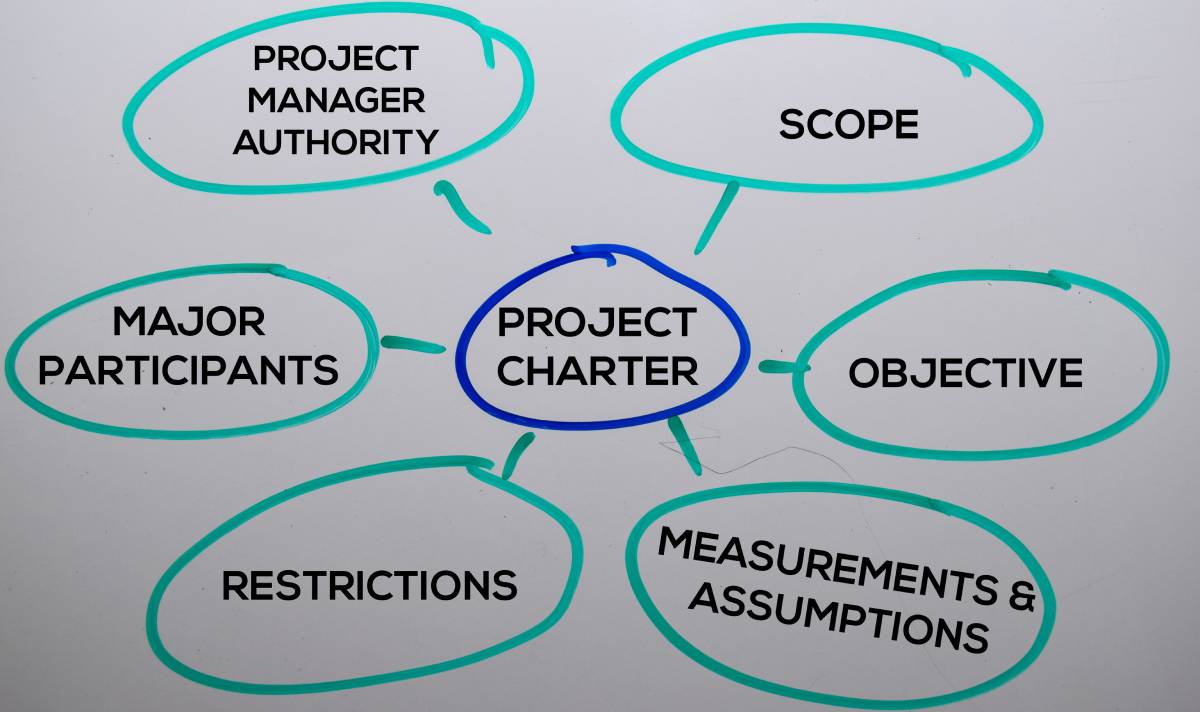When businesses shut down in the face of the coronavirus pandemic, many projects ground to a halt or limped along as project teams regrouped on Zoom. Budgets, deadlines, team members and activities suddenly were disappearing or uncertain. Was it time for a simple modification, a major mod or a total reassessment? Even Agile projects designed to adapt and embrace change became wrapped in uncertainty.
“Projects don’t fail at the end. They fail at the beginning.”
Jim Lewis, Ph.D.
Now, as organizations return to a new normal, many projects have been reassessed and adapted for the current climate. If projects have the green light to move forward and once modifications are made to budgets, deadlines and personnel, a valuable planning step—to take now and as the project moves forward—is proactive risk management. Here are important steps to take to minimize risk as projects move forward.
1. Identify areas in the project plan where the potential for problems is highest or could most severely impact success.Things to consider could include anything from the effects of a dramatic second wave of the virus, bad cost estimates based on budget changes, unavailability of qualified staff; to changes in safety requirements, shortages of manpower and materials or scheduling conflicts. Identifying the potential problems that will have the most serious impact on the plan, will help you prevent or prepare for problems in areas where you are most vulnerable.
2. Identify the specific things that could go wrong. Getting specific allows you to prepare for problems more effectively. A threat to staffing problems is easier to resolve if you can identify which roles and when the issue could arrive. By identifying specific threats, you can head off problems before they arrive or respond quickly with alternative solutions.
3. List the likely causes for these problems. It may be obvious that the problems ahead involve funding, staffing, or other issues. By identifying potential causes, you can reach out in advance to ward off surprises, minimize damage and respond quickly.
4. Plan actions to prevent these causes from happening. It may seem negative to anticipate barriers to success but with adequate planning, you can skirt problems or resolve them before they hinder project progress. For example, if staffing problems on a specific work package put the completion of that work in jeopardy, you can adjust the schedule now to minimize conflicts later.
5. Plan actions that minimize the impact if the problems do occur. Communications and planning are key when problems arise. Contingency plans triggered by shortfalls in the schedule, budget or other factors can move work forward by using an alternative approach or “plan B.” While problems negatively impact the project, well planned contingent actions can ensure that disruption to planned work is minimized and the project plan recovers as quickly and as efficiently as possible.
6. Integrate these actions into the project plan. By managing risk in advance, project plans can offer a realistic way forward that accommodates change. Preventive measures and planned actions will reduce the chances of things going wrong later and mitigate their effects if problems occur.
Underlying these six basic components of solid risk management are two additional key tools. These are strong communication plans and identifying key stakeholders while managing their involvement. What pieces of information are needed for project teams to understand their changing environments and what is expected of them? Changing operational environments may require changes in how this communication is conducted and the frequency of this targeted communication.
It is also important to take a look at your project stakeholders and how you utilize their involvement and expertise. Changing operational conditions, such as a world-wide pandemic response, may require different solutions. Project objectives, and in turn, project deliverables may change. Involving new stakeholders or involving stakeholders in new ways becomes a high priority.
Managing project risk strengthens project plans and helps to ensure success. As business reopens across the country and operations come back online, risk management builds stability for project plans as well as for day-to-day operations. These steps help to provide a picture of what could lie ahead and how to maintain momentum despite potential problems and uncertainty.
About Kepner-Tregoe
We all hope that you are well during this disruptive time in our world’s history. For over 60 years our company, Kepner-Tregoe has had the opportunity to help major organizations navigate successfully through radical change, help solve intractable problems and increase incident and problem-management performance through tools, training and consulting – leading to highly effective teams ready to respond to your company’s most critical issues.









